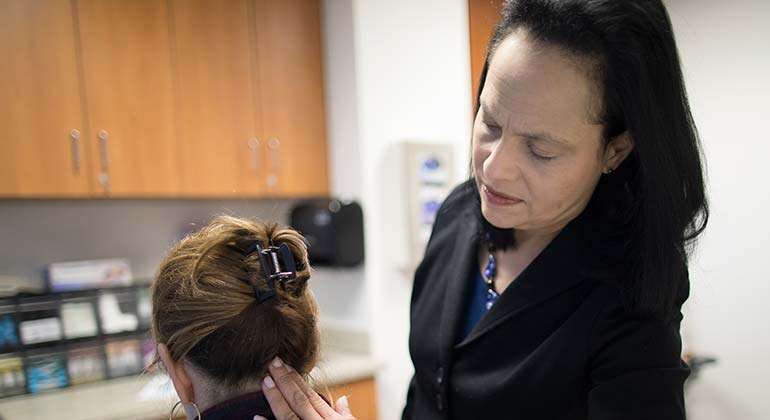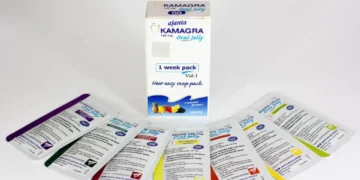Polymyalgia Rheumatica, How It Is Diagnosed And Treated

Known as an inflammatory disorder, polymyalgia rheumatica causes pain in the muscles, as well as stiffness. It will usually happen in the hips and shoulders, and the symptoms will happen quickly. As the condition progresses, the pain will be much worse. This condition can happen to people who are over 65, and rarely does it happen to those who are under 50 years of age.
Polymyalgia rheumatica is related to a condition called giant cell arteritis, which is also an inflammatory condition. It can cause headaches, pain in the jaw, tenderness of the scalp and problems with vision. One could have both of these conditions at the same time, which is why you should visit your doctor first! Check out arthritisCARE if you are interested, or visit a local doctor.

Polymyalgia rheumatica can be very painful
What are the symptoms of polymyalgia rheumatica?
It is always helpful to know which symptoms to look out for. You will experience the signs and symptoms of this condition on both sides of your body. Some of those symptoms include:
- Aches and pain in the buttocks, thighs, hips, upper arms or neck.
- Aches or pain in the shoulders.
- Areas that are affected could become a lot stiffer, especially in the mornings.
- You could experience a limited range of motion as well.
- Stiffness and pain in the elbows, knees and wrists.
How is polymyalgia diagnosed?
First, your doctor will do a full physical examination, to have a proper diagnosis. You will go through both joint and neurological exams, as those results will closely tell your doctor about your issues. During the exam, your doctor will have to assess the range of your motion by moving your limbs and head.
In addition, the doctor will pay attention to your symptoms to see if they indicate the giant cell arteritis. If you experience new, persistent and unusual headaches, pain and tenderness in the jaw, double or blurred vision, or tenderness in your scalp, you should talk to your doctor!
The treatment
Usually, the treatment for polymyalgia rheumatica will involve medications that are designed to help with the symptoms. However, relapses are quite often even with proper medication. Your doctor will most likely recommend a low dose of oral corticosteroid, together with Calcium and Vitamin D, and Methotrexate.
However, the actual right treatment depends from one person to the other, and the severity of your symptoms. So the best way to know what kind of a treatment would help you particular case, is to simply talk to your doctor. You could check out polymyalgia rheumatica treatment in Brisbane performed by Arthritis Care or simply visit your local doctor.

It is important to visit a doctor on time
Final word
In some cases, people who take corticosteroids for this condition will return their levels of activity, but if that does not happen, you might have to go through physical therapy. There are also some lifestyle and home remedies you could consider.











